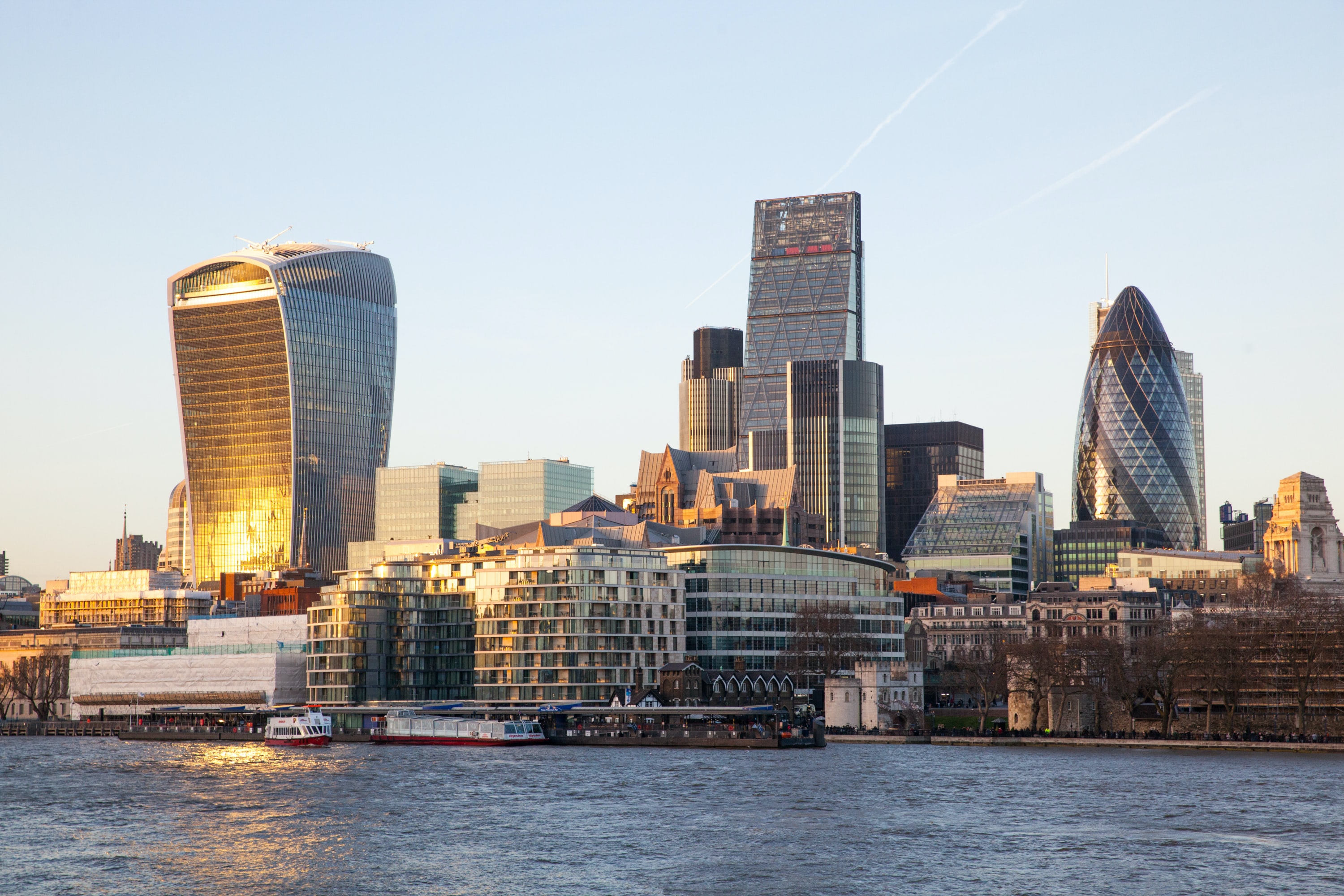The government’s objective in the seemingly never-ending debate about planning reform is to deliver more new homes. That's because they believe we have a housing crisis, and that increasing the supply of new homes is a crucial way to address that.
Yet many people opposing any kind of reform, doubt the housing crisis and argue we don’t really need many new homes at all.
So here are six objective ways to argue the case for why the UK needs to build more housing.
1. Homes are becoming less affordable
Over the last 12 months, house prices have risen by almost 12%, with the average home now costing more than £270,000. That has translated directly into worsening affordability.
In 2002, the average home cost just over 5 times the average income. Today, that same ratio is almost 7.7 times. As a result, it is harder and takes longer for first-time buyers to get on the housing ladder.
Saving for a deposit is a big part of that problem. People born before 1982 had saved a typical deposit by their early 20s. Yet for those born after 1984, it is likely to take until their mid to late-30s.
This isn’t just a London problem - it is happening across the country. Over the last 12 months, the fastest house price rises have been recorded in Manchester, Leeds and Sheffield, a continuation of the trend over recent years. Since 2015, affordability for first-time buyers has worsened the most in Salford, one of England’s twenty most deprived local authority areas.
Don’t let anyone try to tell you that those trends are simply due to low interest rates - they aren’t. Interest rates don’t explain the differential price rises across the country, between England and other developed countries with similarly low interest rates, or the way in which house prices have risen more dramatically than other asset classes.

2. We simply don’t have enough homes
As the Bank of England tells us, the house-price issue is about a lack of supply
If England had as many homes per capita as France – broadly similar economically and in population size, but with homes which are more affordable – there would be at least six million more homes. That would represent around a 25% increase in our housing stock.
We know that increasing the supply of homes helps reduce house prices because we’ve seen it happen in places like Sydney and Tokyo.
It’s even happened in England, where a near doubling in the size of the housing stock in the second half of the 19th century saw house prices become significantly more affordable.
3. Average household sizes are rising
After declining for more than a century, the number of people living in each of our homes has levelled off and might even have started to rise.
In contrast, over most of Western Europe, household sizes have continued to fall.
The fastest growing household type in England is now the multi-family household - think house-sharing young professionals who have to wait longer until they can afford to buy.
That’s all indicative of a constrained housing supply. Households can’t form unless there is a house for them to move into – it’s like increasing the number of players in a game of musical chairs, while keeping the number of chairs the same.

4. Birth rates are falling
The birth rate in England has fallen to a record low. Much of the developed world is seeing birth rates fall, but the trend is more dramatic in the UK than most other European countries.
There are a wide range of reasons for that, including factors like the costs of child-care and women choosing to delay their first child to focus on their careers. But housing costs are a factor too – as house prices go up, birth rates go down.
A house-share or living with your parents aren’t conducive to starting a family and as young people have to wait longer to buy their own home, they must wait longer to start a family too.
5. A constrained housing supply is bad for the economy…
Constraining housing supply limits economic growth.
As companies or regional economies become more successful, ordinarily they would attract more workers increasing their efficiency and feeding continued growth. Stopping new homes being built prevents that from happening.
Recent research suggests that, between 1964 and 2009, economic growth in the United States would have been 50% higher if housing supply had been better able to respond to demand.
For England, where our supply of homes is even more constrained, the impact is likely to be even greater.
High house prices also make the labour market less flexible – the extra expense of moving discourages people from relocating for better jobs – which in turn dampens economic growth.

6. …and it’s bad for the environment too
Those opposed to new homes being built often claim to be protecting the environment - yet the opposite is often true. Some of the environmental benefits are direct - new homes are more energy efficient than older ones, for example.
Constraining the supply of homes has some less obvious, indirect impacts too. For example, the harder it becomes to deliver new homes, the longer people’s commutes become. The green belt is a key culprit in this regard, forcing new homes to be built at an ever-greater distance from the cities where the new occupants work.
These are just a few of the impacts of our failure to deliver enough new homes. In fact, England’s inadequate stock of housing has negative impacts that permeate almost every part of society, including obesity, inequality and health outcomes.
The good news is it is easy to resolve - we just need to make more land available for new homes. Let’s hope there is the political will to do that.
Paul Smith is the Managing Director at the Strategic Land Group – a specialist land promoter who secure planning permission on behalf of landowners

